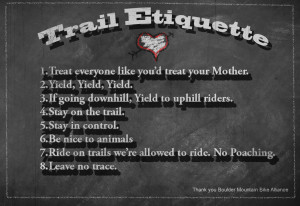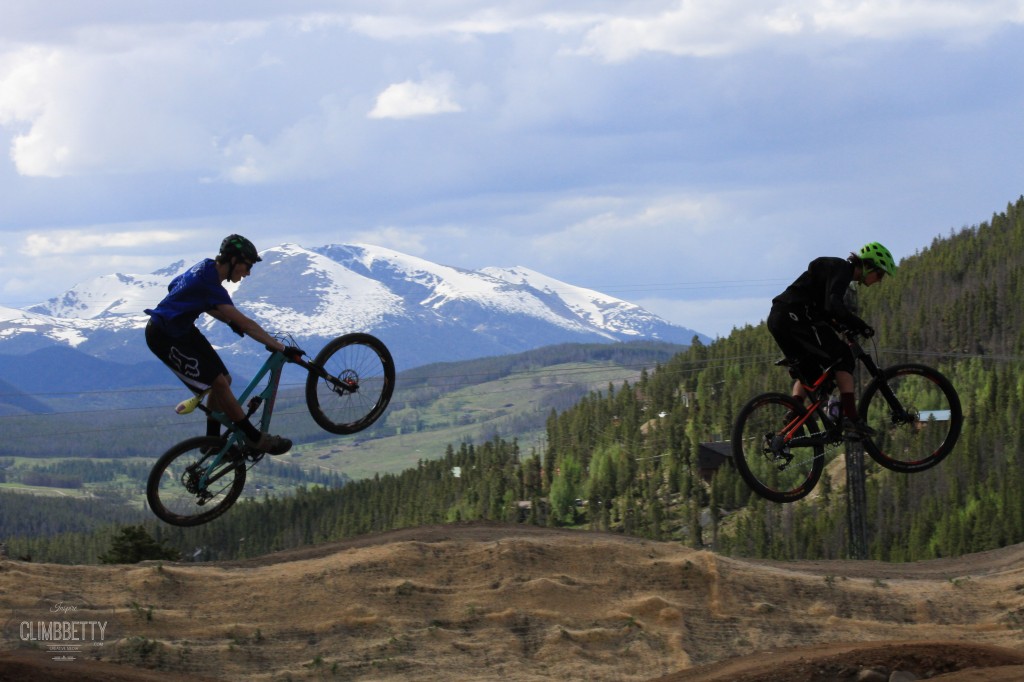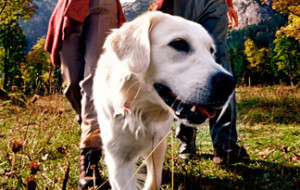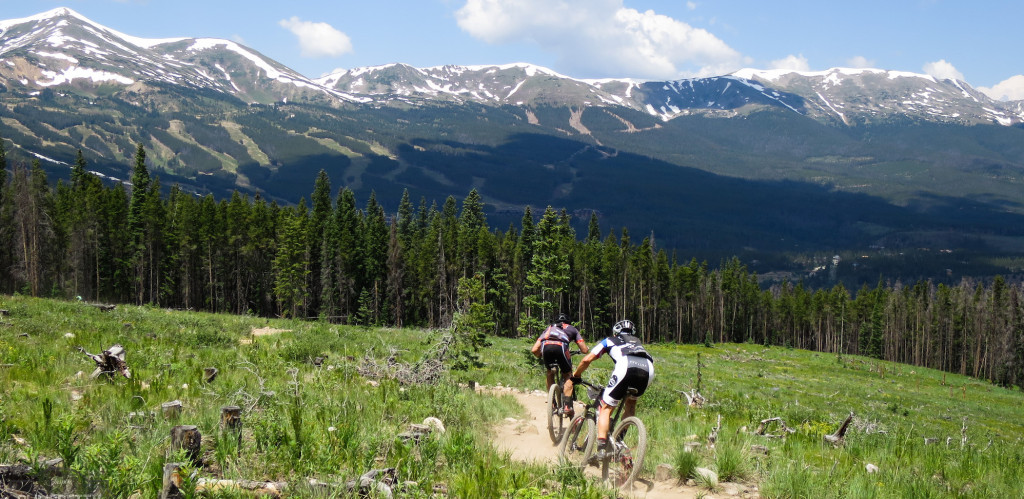The weather is in a steel gray, blustery snowy pattern as I ponder this topic. Spring seems far away at this moment; I am hopeful it starts making guest appearances soon and finally takes over the show. There is an election going on in Breckenridge. It’s a race for Mayor and for three (3) new Town Council Members. Lucky for us, it’s a very strong candidate field and I don’t think we can go wrong. I have had a chance to chat-up a few of the candidates, and a topic that continues to surface is trail etiquette on multi-use trails.
Now, I will be the first one to say this is a “first world” problem and we are SO fortunate to have a local government that has the wherewithal to focus attention, brain power and resources on OUR recreation.
I will also add that you will not find a conclusion to this topic or even a sturdy opinion because a much larger discussion with many different voices needs to come together and really dive into how we can make this work for everyone. It needs to happen soon.
 Many mountain bikers believe in and preach the International Mountain Bicycling Association (IMBA) Trail Etiquette code which conveys the basic message “Be cool on the trail.” This etiquette has been mainstream for a very long time and some riders know and abide by these codes.
Many mountain bikers believe in and preach the International Mountain Bicycling Association (IMBA) Trail Etiquette code which conveys the basic message “Be cool on the trail.” This etiquette has been mainstream for a very long time and some riders know and abide by these codes.
Mountain biking has had some amazing breakthroughs in the last 10 years. The technology behind lighter frames and new suspension systems lends itself to creating amazing machines that enable riders to maintain control at higher speeds even on the most technical of trails.
At the Breckenridge Freeride Park, you will find the younger fearless rider with full gear, helmet and pads, who looks more like a Stormtrooper than a mountain biker. They launch, weave and drop features to perform amazing airborne tricks and land it with ease. It’s super fun to watch. The NEW Breckenridge Bike Park and Pump Track keep the young and young-at-heart tricksters coming back for more. The little Strider kids, with parents, start dreaming about BIG_AIR early.

We are also seeing more and more downhill or directional trails in Breckenridge. This season the Friends of Breckenridge Trails is adding Hard Luck Trail as a directional connector trail to the Upper Flume. Directional trails “help to alleviate traffic and congestion on a trail and also give riders comfort it is likely they will not encounter to oncoming traffic,” explained Tony Overlock, Open Space and Trail Specialist for the Town of Breckenridge. These downhill trails are designed to flow and roll at higher speeds and have added features for a bit of free riding.
Breckenridge also sports a trail network that spans hundreds of miles and connections that can get you literally from one end of the county to the other. This network is an amenity for both local riders and visitors. Some popular trails that are close to town or neighborhoods are populated with a mix of users. On any given day, the trail will see dog walkers, runners, hikers and mountain bike riders who have been sharing these trails for decades.
A few of these trails, the steeper, scenic and easily assessable by car or public transportation, are seeing an increase in downhill riders. Although these trails have been bi-directional since the beginning, the downhiller’s intensity and speed have led to an increase in on-trail conflicts. Blind corners or natural obstacles give the downhill rider little time to react when confronting an uphill rider, hiker and/or runner. The result, an increase in collisions and confrontations sometimes resulting in injury. Is it just speed or are there other factors involved? If a rider is more aware of his surroundings, sight and sound, could reaction times be increased? Should riders be listening to music on the trail?
“Our system is varied and it’s tough to shut down a trail in one direction,” says Overlook. The Town of Breckenridge is working to educate riders through signage on bi-direction trails. We have updated the signage and message on some popular bi-directional trails. The signs ask descending rider to STOP for oncoming traffic as opposed to YIELD to oncoming traffic, because people’s perception of ‘yield’ can vary.”
According to IMBA Trail Etiquette, uphill riders have the right of way. I understand the logic behind this code as it is a pain in the butt to get started again going uphill. But maybe there needs to be a bit more clarity. What does “the uphill rider has the right of way” really mean? It seems a little ambiguous now, right? Does it mean YIELD, and how fast or slow is yielding? It can also mean STOP in some cases.
How does IMBA Trail Etiquette apply to the downhill rider on bi-directional trails?
There is a notion that with the invention of social platforms, such as Strava, riders are competing even when riding alone; they are out to beat their PB (Personal Best). It’s a stiff competition as riders can see how they stack up next to their friends, but also the pros. It’s contagious.
We want everyone to have a positive experience, and if it’s a mixed-use trail, then maybe we need to ask the question, should there be changes or updates to the Trail Etiquette code? Should trail etiquette apply to everyone who uses the trails, not just the mountain bikers?
I enjoy running on trails. Most of the time, I can hear and see a mountain biker approaching from a safe distance. Most riders are courteous, slow down and approach with a greeting. I find that in most cases, it is much easier for me to step off the trail to let them pass than have them stop to let me pass. Having said that, I may feel different about the interaction if the rider flew by me without warning and scared me off the trail.
 I have witnessed many dog walkers on trails. Most, not all, but most believe and will tell you that they have their pooch under “voice” command, but really, they do not. Please don’t get me wrong, I love dogs. I find that most dogs, on approach, just want to say “hi” and move along. But I am cautious because I have been charged, bitten, chased and tripped by dogs on the trail. It isn’t fun and I do not blame the dog, I blame the owner.
I have witnessed many dog walkers on trails. Most, not all, but most believe and will tell you that they have their pooch under “voice” command, but really, they do not. Please don’t get me wrong, I love dogs. I find that most dogs, on approach, just want to say “hi” and move along. But I am cautious because I have been charged, bitten, chased and tripped by dogs on the trail. It isn’t fun and I do not blame the dog, I blame the owner.
One day on the trail, I witnessed a group of three adults standing in the trail chatting. Their dogs, two on leashes and two off leash, were sniffing around as they chatted. I was running up the trail and two mountain bikers were coming down the trail. The dog owners seemed to be aware of both me and the mountain bikers. The dog owners did not move from the trail but continued chatting, causing me and the riders to go off trail to get around them. The loose dogs were not happy to see the riders. Despite the owner repeatedly calling for them, the dogs chased and herded riders. Luckily, there was no conflict in this example, just bad manners. But there are many times when the story ends with crashes or injuries to both rider and dog. So, in that case, are the hikers entitled to the trail?
Should there be a trail etiquette for dog walkers and hikers?
Should dogs be leashed on popular multi-use trails?
Overlock and the Town of Breckenridge Open Space and Trails Department are doing all they can to educate mountain bikers with signage, trail etiquette reminders on social media and working with local bike shops to get the trail etiquette message out there and with Breckenridge Law Enforcement on the trails to educate (not enforce). But how are we educating the dog walkers, hikers and runners?
“We all need to get along,” adds Overlock, “It’s on our radar and it’s not going away. We get more and more users every year.”
Be part of the solution.
No one wants to see an alternate use calendar or law enforcement on the trail.
So let’s start the conversation! Frame the issue. Multi-use Trail Etiquette for all users – dog walkers, hikers, runners and mountain bikes – and ideas on how to educate.
Start with friends and fellow riders, your kids, pass along your thoughts and Ideas in a productive manner to the Breckenridge Open Space Advisory Committee (BOSAC), or Breckenridge Open Space and Trails Department or even better, talk to your newly-elected Mayor and Council Members who are aware of the issues and have expressed interest in finding a solution.
Most importantly, be an advocate for trail etiquette yourself. Be courteous to everyone you encounter on the trail, and if the opportunity presents itself, educate other users. We are all in this together.

